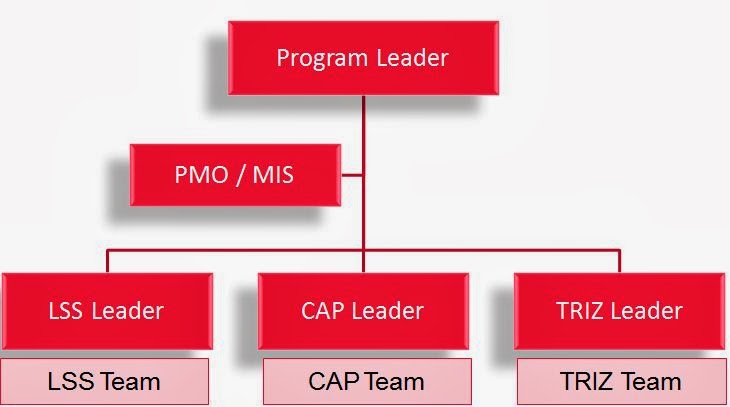Engendering justifiable savings and optimizing cost is not about reducing daily costs (coffee, toiletries , transport) or supplier margins, and much less thru layoffs, what is required is a transformation and a BIG change yet meet the objective.
Often we get caught with incremental improvements and focus
on variation or waste without looking at the big picture. I have seen during FY
14 a rush of energy and enthusiasm where every tom dick and harry wares a
consultant cap and is giving all the gyan on cutting down costs without a focus
on understanding the downstream impact it may leave on employees, suppliers and
customers…
We had almost lost sight on looking at the big picture and
understand what do we spend on, how do we plan it and how do we control it… the
data clearly shows when utility decreases despite increasing sales, it is probably
due to increased costs which impacts the EBITDA.
The organization has a clear mandate and the goal set to be having
a 0 EBITDA difference with the closest competitor and the objective shared with
me and my team was EBITDA improvement thru a cost optimization of $ 60 Million
for FY15 and I picked a stretched target of a $ 100 Million optimization.
FY 14 initiatives
were around the low-hanging fruits that were picked, and cost savings to quite
a good extent found... and for this year it was, in other words, a need for a
new, more comprehensive approach to cost containment that looked beyond the
obvious and delved deeper into the organization spends and the cost incurred …
lessons learnt from FY14 pushed me to think differently and as a first step (you
may read in my previous blogs) cleaned up the way we operate and the tools we
use to operate… I did swim thru the organization resistance and was successful in
incepting an idea to operate in a factory model within our own team and use
tools like TRIZ and CAP beyond the traditional lean six sigma tools and focus
more on breakthrough projects instead of incremental improvements…. an argument
and the ethos of leaders lead to a series of debates and a lot of reluctance on
ground in embracing the approach whole heartedly, nonetheless I was able to build the optimism and resonate the energy
with all the leaders and help build the frequency that we vibrate at operate in
the same spectrum… and kicked off in
this journey build my sub team owning a target of $ 50 Million from breakthrough
improvements and the other two leaders own rest of the cost target following
incremental improvements.
The target is big
and my very first step was to meet face to face with the top management and key
leaders to ensure a ‘dedicated’ participation, budget and sign-offs on implementable
ideas. I did plan and hire a dedicated MIS person and equipped with right set
of tools and build a robust tracking and monitoring mechanism to ensure
systematic implementation and savings accruals.
The very next
thing in the line of actions performed were to work very closely with the finance
MIS team and build the cost classification table what I call as a CTQ tree… to
clearly understand how the cost gets rolled up and where does the maximum come
from… once we have this number we will drill down into the processes associated
with them to understand WHY the
costs are so... the below image is a sample... a further breakdown with details is recommended to be built which becomes the backbone of the Cost Optimization initiative...
 |
| Figure 1 - EBITDA CTQ TREE |
 |
| Figure 2 - Direct Cost CTQ TREE Drill Down |
 |
| Figure 3: Sales Cost CTQ TREE Drill Down |
 |
| Figure 4 : G & A Cost CTQ TREE Drill Down |
As another
parallel track I took the lead on pushing for a VOC gathering exercise thru a Focus
group of leaders associated with each of the cost CTQ listed above and
understand the pain area and also gather suggestions and recommendations from
each of the leaders …
The ideas
storming exercise will definitely pop up a lot of areas to focus up on which
will be both incremental and breakthrough in nature … all the feasible ideas
which will be incremental in nature will be run as YB and GB projects and the
ones that are larger than life transformation kind ones will be taken up by special task force for
execution…
In the next few
blogs as I write will walk thru on the challenges faced in the large
transformation journey and how I tackled them to accomplish the cost
optimization goal I have taken up…



